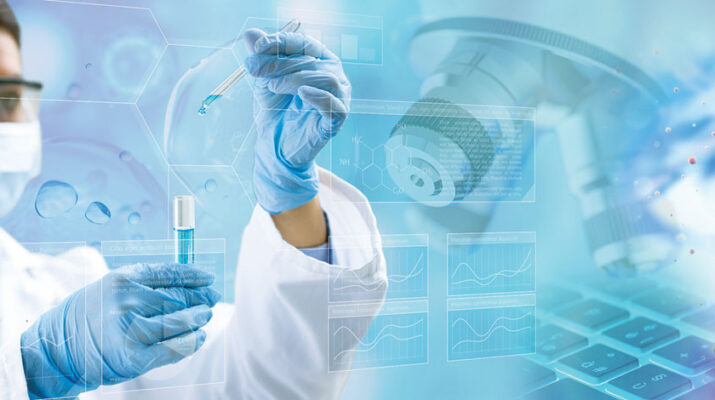What are stem cells? Why are they important?
By Barbara Pierce
 You’ve heard about stem cells in the news. You’ve probably wondered what they are exactly, whether they’re being used to treat diseases, and how are they controversial.
You’ve heard about stem cells in the news. You’ve probably wondered what they are exactly, whether they’re being used to treat diseases, and how are they controversial.
A. Gulhan Ercan-Sencicek of the Masonic Medical Research Institute, Utica, helped us understand this exciting new area of medicine. World renowned for its high-quality research, the MMRI conducts research for the development of medical treatments of the future.
Stem cells are innovative in medicine because of their potential to regenerate and repair damaged tissue. Grown in the lab then transplanted into the patient, these cells could provide insulin-producing cells for people with Type 1 diabetes, provide cardiac muscle cells to help people recover from a heart attack, or repair damaged nerve cells for those with Parkinson’s disease.
What exactly are stem cells?
“Stem cells are called the body’s master cells,” said Ercan-Sencicek. “They are unspecialized cells that are present both in embryos and in adult cells.”
“Stem cells are different from other cells by two important characteristics. First, they have the ability to self-renew through cell division, even after long periods of inactivity,” she continued.
“Next, they can differentiate into specialized cell types — they can develop into many different cell types in the body. For example, while stem cells in the gut and bone marrow constantly divide to repair and replace worn out or damaged tissues, stem cells in the pancreas and the heart divide only under special conditions,” Ercan-Sencicek said. “These unspecialized stem cells cannot pump blood through the body (like a heart muscle cell) or carry oxygen around your body (like a red blood cell). However, they can give rise to specialized cells, including heart muscle cells, blood cells, or nerve cells, etc.”
Stem cells are the body’s raw materials — cells from which all other cells with specialized functions are generated. These cells either become new stem cells or become specialized cells with specific function. No other cell in the body has the ability to generate new cell types.
Where do stem cells come from?
“Scientists are working with three types of stem cells from humans,” explained Ercan-Sencicek. Human embryonic stem cells are derived from embryos, usually five days after in vitro fertilization, through a process in which immature eggs and sperm are placed together in a culture dish to allow fertilization. At this stage, an embryo is called a blastocyst and has about 150 cells. They can divide into more stem cells or can become any type of cell in the body. This versatility allows embryonic stem cells to be used to regenerate or repair diseased tissue and organs.
Adult stem cells are found in small numbers in most adult tissues, such as bone marrow or fat. Compared with embryonic stem cells, adult stem cells have a more limited ability to give rise to various cells of the body.
The third type are specialized adult cells that are reprogrammed in the lab to assume an embryonic stem cell-like state. These cells can then be differentiated into different cell types that are needed for therapeutic purposes. For example, they can be prodded into becoming blood cells to create new blood that is free of cancer cells to treat leukemia.
This reprogramming of adult cells is a potentially valuable tool for generating replacement cells for therapeutic purposes, explained Ercan-Sencicek.
“We have hope that stem cell-based therapies will one day be effective to treat serious medical conditions such as Parkinson’ disease, diabetes, degenerative diseases such as amyotrophic lateral sclerosis (ALS), to people paralyzed by spinal cord injuries,” she said. “Several clinical trials are under way and preliminary results are promising.”
“Despite these cells holding great promise for regenerative medicine, clinical use of stem cells raises some ethical and safety concerns,” said Ercan-Sencicek.
In this regard, adult stem cells avoid some of the ethical issues of embryonic stem cells. However, there are challenges involved with adult stem cells as well, she added.
Adult stem cells are unable to produce the numbers of cells that are needed. They are not as versatile and durable as embryonic stem cells. They may not be able to be manipulated to produce all cell types, which limits on how they can be used. They are more likely to contain abnormalities due to environmental hazards.
The only adult stem cells currently used widely are from bone marrow or blood and are used to treat leukemia, lymphoma, several inherited blood disorders, and improve cardiac repair, she said.
The embryos used in embryonic stem cell research come from eggs that were fertilized in vitro, but never implanted in a woman’s uterus. They are donated for research with informed consent.

